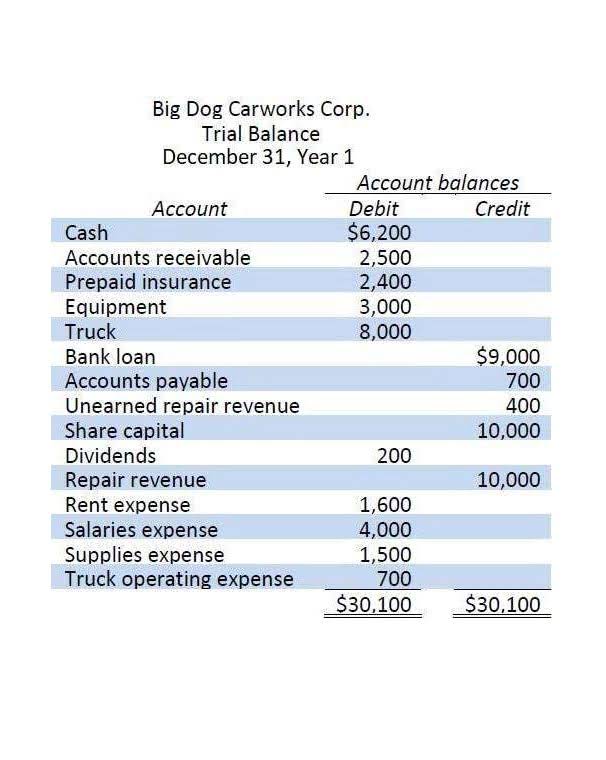Accrual Accounting vs Cash Basis Accounting:
Because revenue and expense recognition varies dependin...



Also note, that we would be setting up the budgets in an Excel workbook with a sheet for each budget. So, the sales budget is the starting point, as we discussed in the previous section. We also discussed some of the other components of the master budget that can happen once we have solid sales numbers to work from. A flexible budget, on the other hand, separates fixed and variable costs and can adjust based on different production outputs. Some firms may not use one or another of the budgets, but most use some form of all of them.

The various items depicted in the master budget include sales costs, production, profits, amass capital and profit appropriations etc. Master budget accounting becomes a tool for the management to identify its goals well in advance and channel the organization’s resources towards them. It should be noted that the budget should be prepared with the utmost caution as it affects the operational performance of the entire organization. With the right skills, knowledge, and tools, businesses can create a master budget that helps them achieve long-term financial success and sustainably contribute to society. This can occur when businesses fail to consider all the costs of running their operations, such as marketing, maintenance, and employee salaries. To avoid this mistake, businesses should thoroughly review their expenses and ensure they have included all relevant costs in their budget.

Businesses make several common mistakes when creating their master budgets, leading to inaccurate or unrealistic financial projections. Here are some of the most common mistakes businesses make when creating a master budget and how to avoid them. By regularly reviewing and updating the master budget, businesses can make informed decisions about their operations. They can change their spending and investment plans to remain financially stable, allowing them to react quickly to unforeseen events. Senior management should also review the budget to ensure it is realistic and achievable. Once the budget has been approved, it should be communicated to all relevant stakeholders and implemented as the basis for financial planning and decision-making throughout the organization.

A master budget includes all of the lower-level budgets within an organization. It gives a firm a broad Insurance Accounting overview of its finances and is often used as a central planning tool. A master budget combines numerous expenses and expected income figures in one place to get a complete overview of the finances.

Identifying these risks can help businesses develop contingency plans to income statement mitigate the impact of these events. The cash budget will monitor the company’s cash flow and ensure it has sufficient cash to meet its obligations. The operating expenses and overhead budgets will be used to manage administrative and sales-related costs and ensure that the company operates efficiently. The cost of goods sold budget will be used to monitor production costs and ensure the company maintains profitability.
The cost of goods sold budget is essential for managing production costs, determining pricing strategies, and achieving profit margins. Second, they must have excellent analytical skills to analyze financial data and make informed decisions based on the available information. The finance team must analyze historical financial data, market trends, and other relevant factors to prepare accurate budgets.

Through this type of budgeting, they become aware of their financial obligations along with what remains with them after all deductions. This helps firms to decide on the allocation of assets and resources for business activities wisely, keeping in mind what to reserve for emergencies in the upcoming fiscal year. Regularly reviewing and adjusting the master budget ensures businesses can adapt to changing principal components of a master budget include circumstances and plan for contingencies and unforeseen events. Ultimately, the master budgeting process requires a collaborative effort from all organization members to ensure its success.
Following this, their production budget calculates a requirement to produce 15,000 units to meet sales and maintain inventory levels. The last step of developing a master budget uses the components you have compiled to create a budgeted balance sheet. The budgeted balance sheet predicts the final effect of costs and sales on the company’s balance sheet. It also represents the cash budget, which gives information about cash availability. The financial budget is prepared by making a budgeted balance sheet that uses the operating budget information. The central aspect to remember about this budget is the sum of all the individual budgets made within separate departments, thus providing a vital link between sales, production, and costs.
Because revenue and expense recognition varies dependin...
Under this convention, you treat all property placed i...